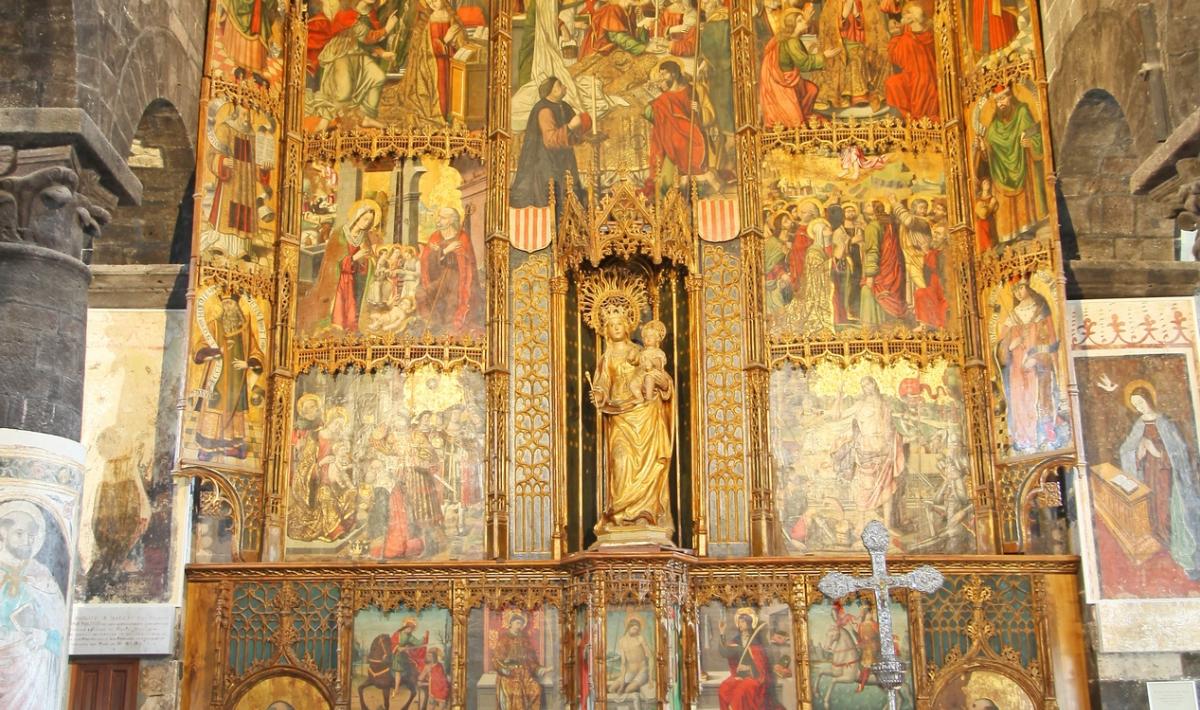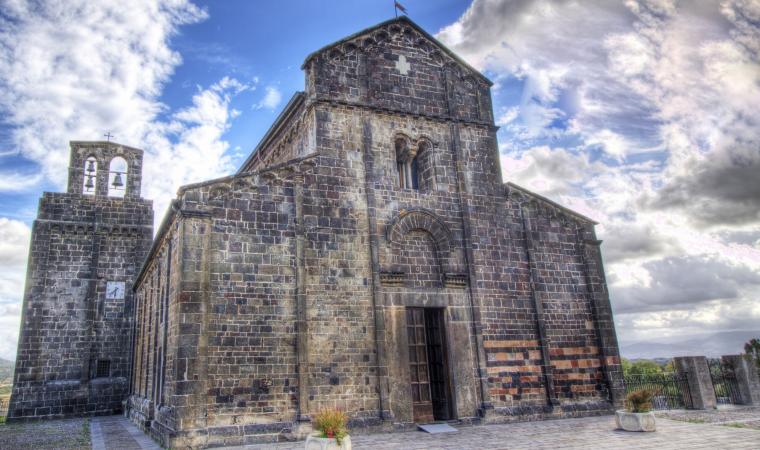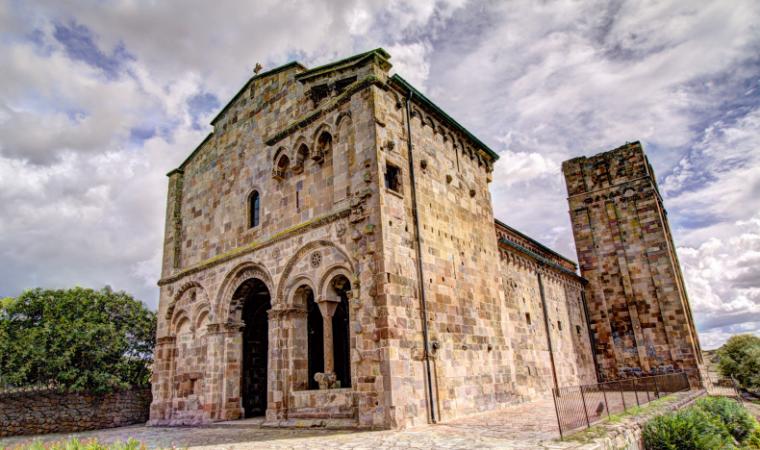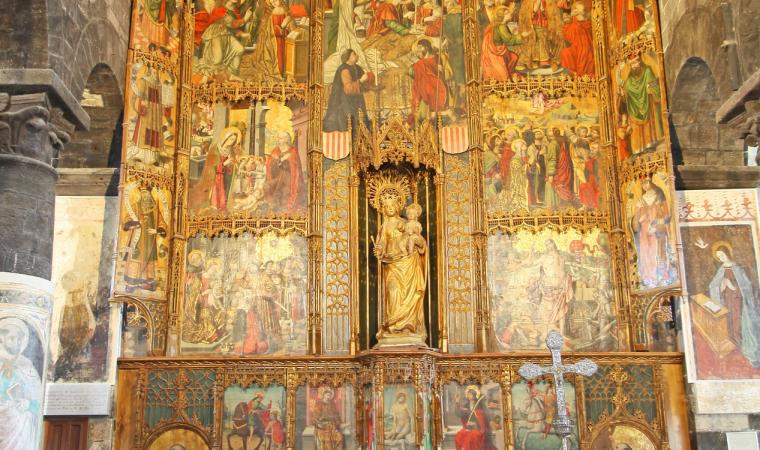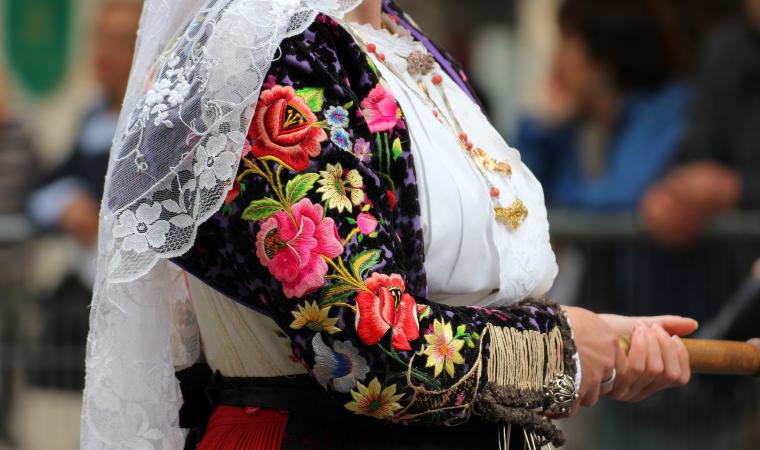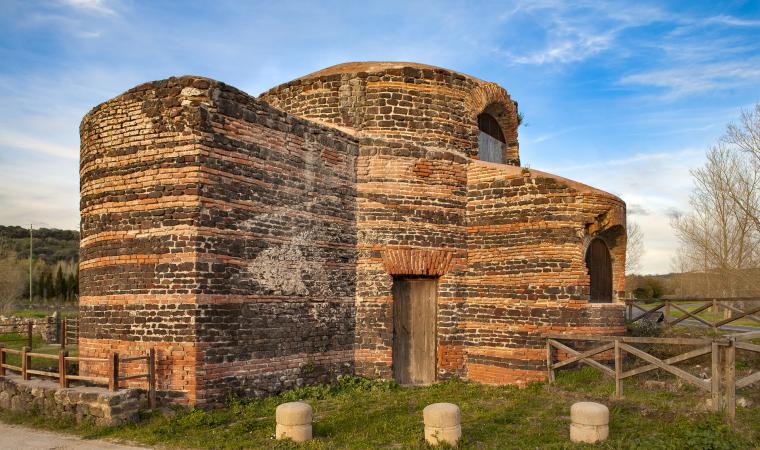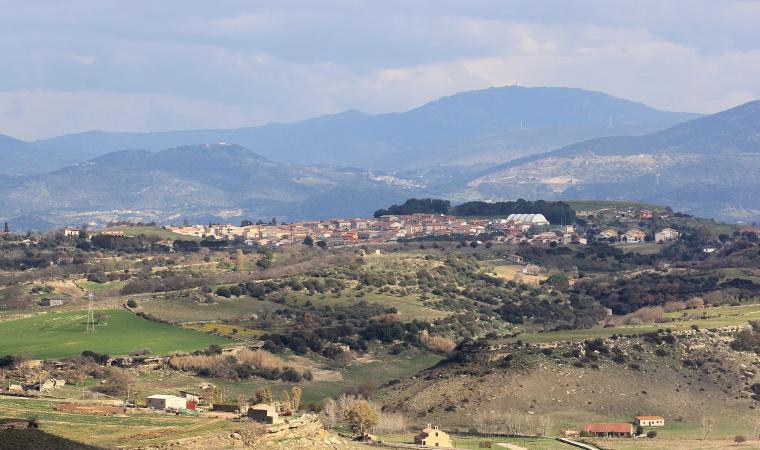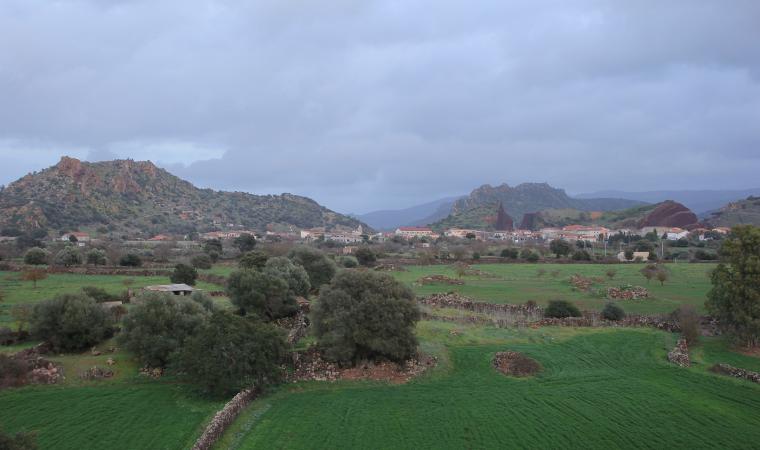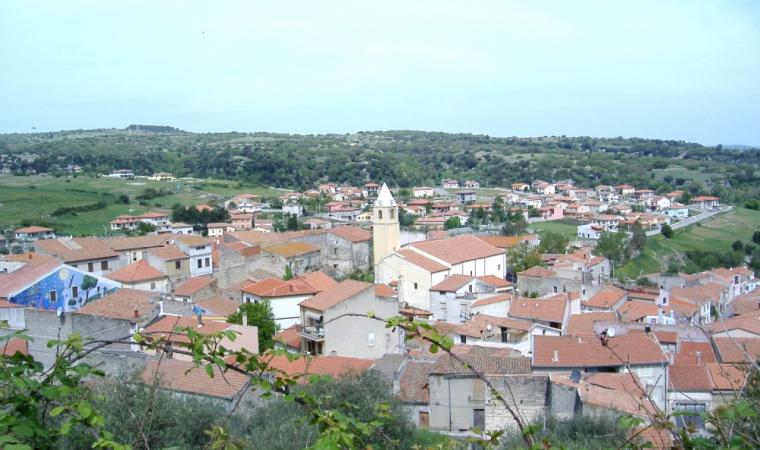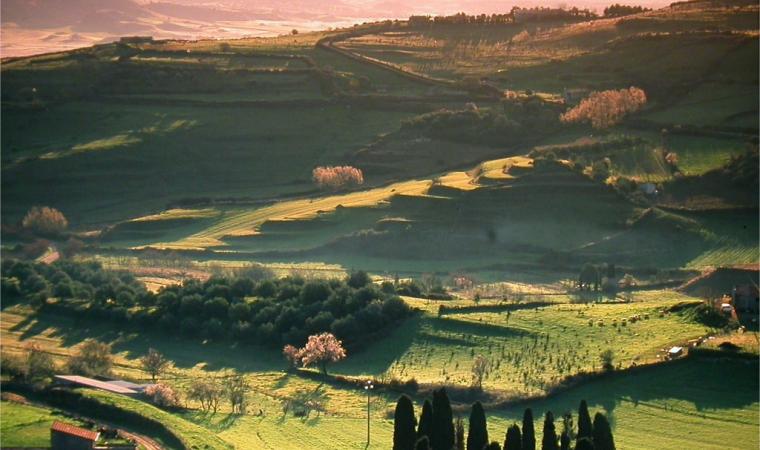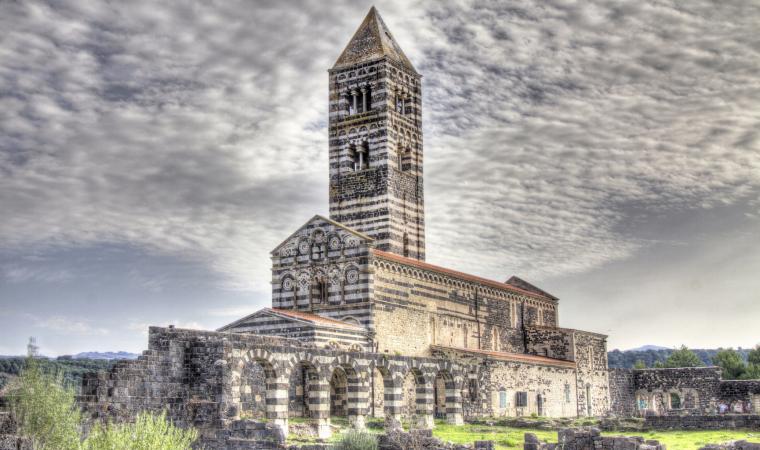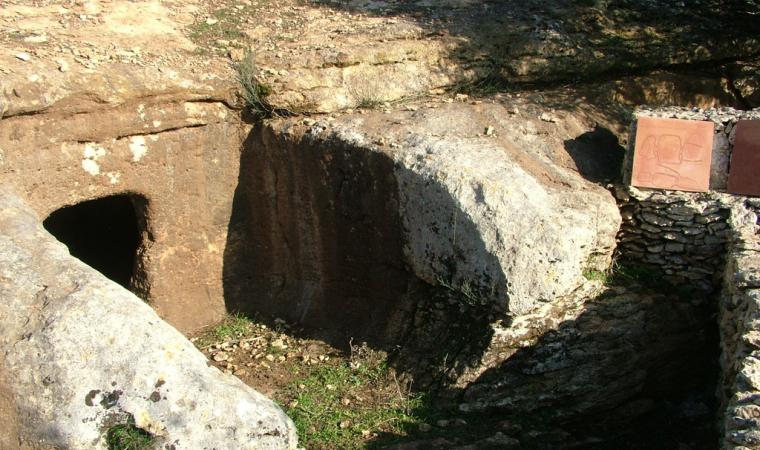Ardar’s period of maximum splendour took place in the Middle Ages: it was one of the places of permanent and privileged residence of the Judges of Torres after the court was transferred there between the 11th and 12th centuries. The sovereigns decided to leave Torres because of the unhealthy climate and continuous Barbarian threats: they chose to spend a large part of the year in Ardara and spent the summer months in the castle of Burgos. The building of the main monuments in Ardara dates back to that period. You will see the ruins of the royal palace, an impressive complex with several floors, referred to in the documents as a palacium: the ruins consist of a 12-metre tall tower and what remains of the walls. It was the fulcrum of judicial power. Around the 'reggia', or royal palace, government and noble buildings began to appear. The other majestic work is the basilica of Nostra Signora del Regno (or Santa Maria del Regno) that reached us still intact and where weddings, enthronements and funerals of the reigning dynasty were once celebrated. On the subject of ceremonies, the celebration of the patron saint of Ardara attracts crowds of worshippers: the celebrations culminate in a procession on 9 May, accompanied by the choir of sos gosos, praise in honour of the Virgin Mary. Today, the basilica stands dark and imposing at the entrance to the little village of Lugodoro, with its agricultural and pastoral tradition, perched at an altitude of over three hundred metres on the slopes of Montesanto and with approximately 800 inhabitants. From high up on the hill where the basilica stands, you can see the other surrounding hills (mount Cheja and Salto di Binza) and the plain below. The dominant position makes this building, made of jet black ‘ferrous’ trachyte ashlars and standing on a natural rock base, even more captivating. The works were completed by Pisan workers in 1107, the consecration date inscribed on the main altar: the result was one of the most representative monuments of Romanesque architecture in Sardinia: basic and imposing. Inside, it is embellished by the main retable, the greatest one of sixteenth-century Sardinia, and by a series of sixteenth century frescoes. The tomb of queen Adelasia was found in the crypt. Her death (1259), leaving no heirs, marked the end and the splitting up of the Giudicato of Torres. Ardara was then ruled by the Doria family and the palace was fortified like a castle. The historical part of the village is surrounded by modern buildings looking out onto wide, orderly and tree-lined streets. On a hill, near the village, stands the little church of San Pietro, a Romanesque sanctuary dating back to the beginning of the 15th century, perhaps built on the ruins of an Early Christian temple.
Archaeological evidence bears witness to the fact that Ardara was frequented from the 4th millennium BC to the Roman period, the period to which a settlement on the plateau of San Pietro can be attributed. There is substantial evidence of the Bronze Age, including 27 Nuraghi, among which the Rio Runaghe. Just outside the municipal territory, another two ancient religious buildings not to be missed are: Nostra Signora di Castro in Oschiri and the basilica of Sant'Antioco di Bisarcio in Ozieri.

